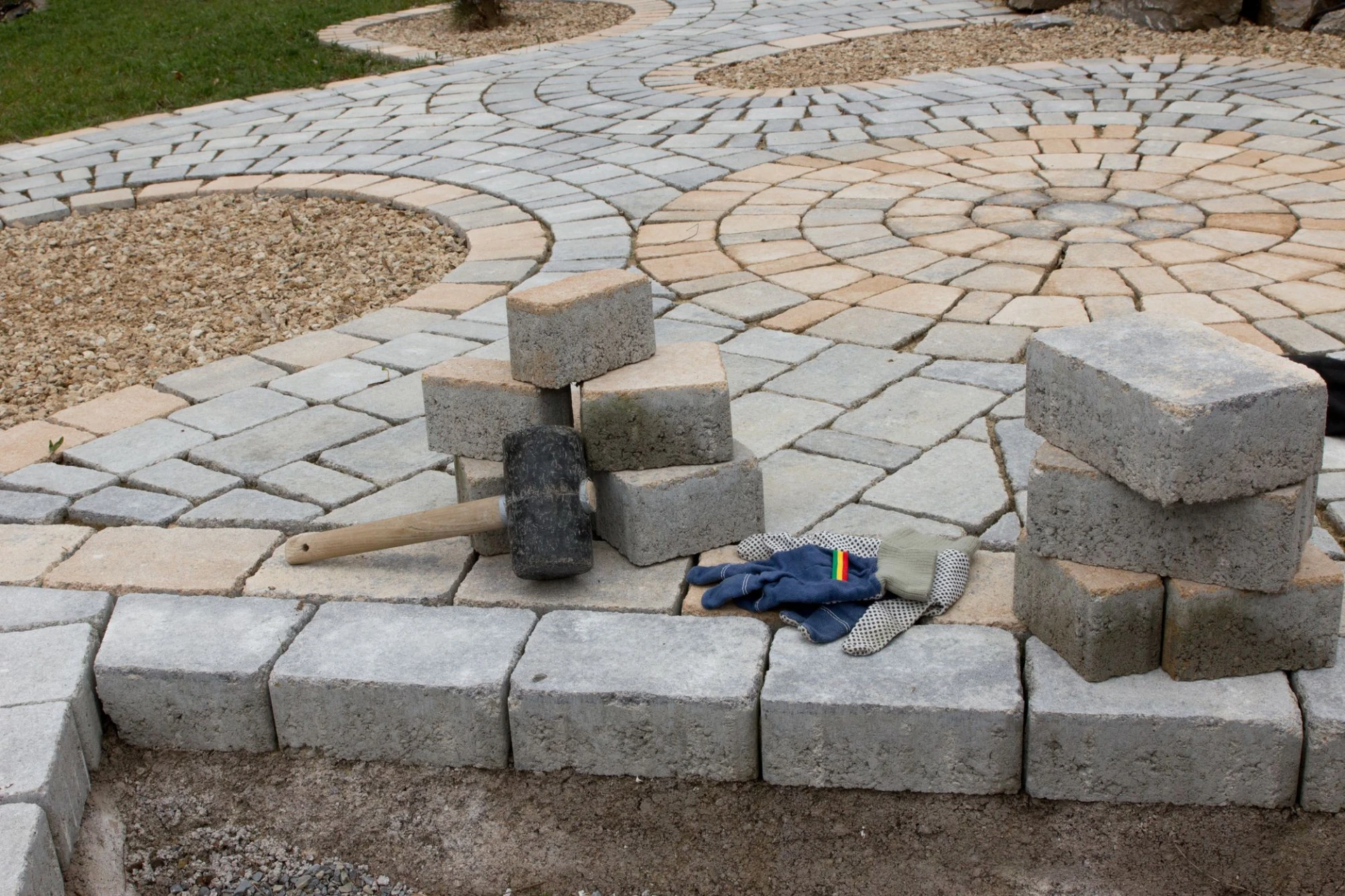7 Things to Remember When Building a DIY Retaining Wall
When you’re looking for a way to improve the look and feel of your yard, building with retaining wall contractors is always a good idea. Not only will it have a dramatic impact on the aesthetic of your yard, but it will also serve a practical purpose. Unfortunately, many people who build a retaining wall themselves may do so incorrectly, which can lead to breakdowns and disaster if you’re not careful. At New Life Rockeries, we don’t want you to experience such issues, which is why we’re here to help with the planning phase. Overall, the more time you

